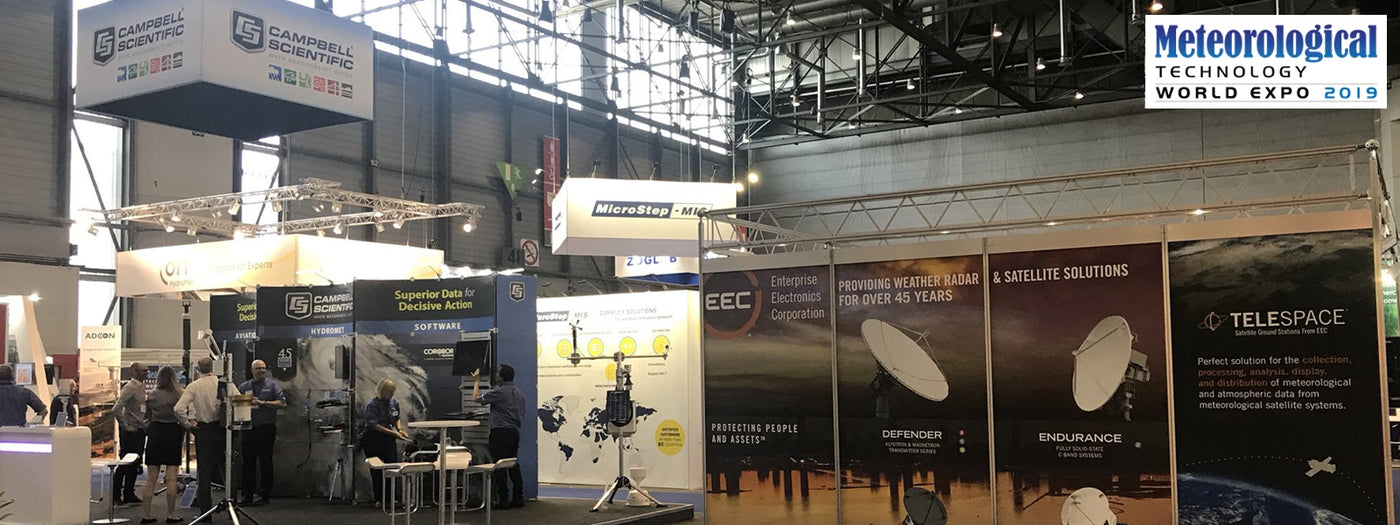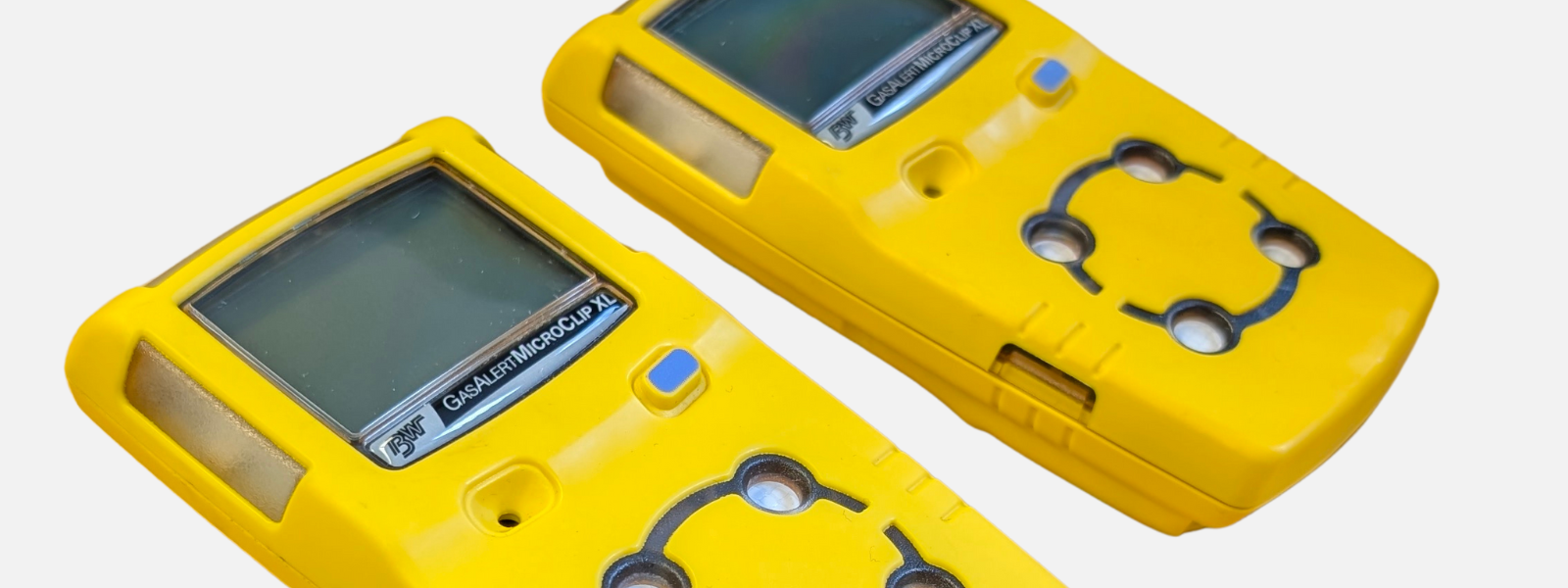
The Meteorological Expo is the annual go to event for companies involved in the weather sector. With over 5000 attendees across the 3 days, the expo showcases the very latest in meteorological technology and is a great opportunity to see upcoming product releases and advancements in the weather-monitoring field.
This year’s event took place in Geneva, Switzerland and was host to over 200 exhibitors from over 100 countries. Here are our highlights from this year’s expo:
Ultrasonic
It was clear that the big advancement in weather monitoring this year is the replacement of the traditional wind cup with new ultrasonic anemometers. Most of the exhibitors were keen to showcase their offering in this area, but one newcomer to the market stood out for us. Calypso Instruments had several of their new anemometers on display, but the stand out models included a standalone sensor built specifically with drones in mind, and their ultra-low power model.
The drone model weights only 100g and can be connected up to the drone battery pack. The ultra-low power model is powered using the onboard solar panel, with a tiny watch battery providing back-up at night. With a price tag of around 500 euros, the sensors are affordable and practical for organisations looking for low maintenance equipment.
The ultrasonic anemometers offer considerable benefits over the traditional wind cups, as with less moving parts, there is clearly less to go wrong. We believe that over the next few years, we can expect most all-in-one commercial weather station providers to switch over to ultrasonic sensors.
Drone Technology
Another popular technology emerging at the expo was the use of weather drones. There were several on display, ranging from a 15kg large scale industrial drone, to a more portable 1.5kg lightweight version.
The drones offer the ability to monitor temperature, wind speed and direction, dew point and air pressure. On the larger drones, there is also the option to add particulate sensors and even ozone and radioactivity detectors.
With flight ranges of between 12-40 minutes and the ability to fly to heights of 3000m, drones could become a useful tool in the future. However, with prices starting from £40,000, they are not for the average hobbyist. As technology and sensors advance, we hope those prices start to fall in the future.
Self-Printed Weather Stations
Comet have created a 3D printed weather station that is low cost and easy to replicate. The entire station is powered by a RaspberryPi and Arduino sensors. It can be printed using any 3D printer and they have made the blueprints available completely free of charge on their website. The entire station takes around 7 hours to print and assemble and costs approximately £200 to build.
Find more industry insights and updates on our Skyview Commercial Twitter handle @svweathertech.


